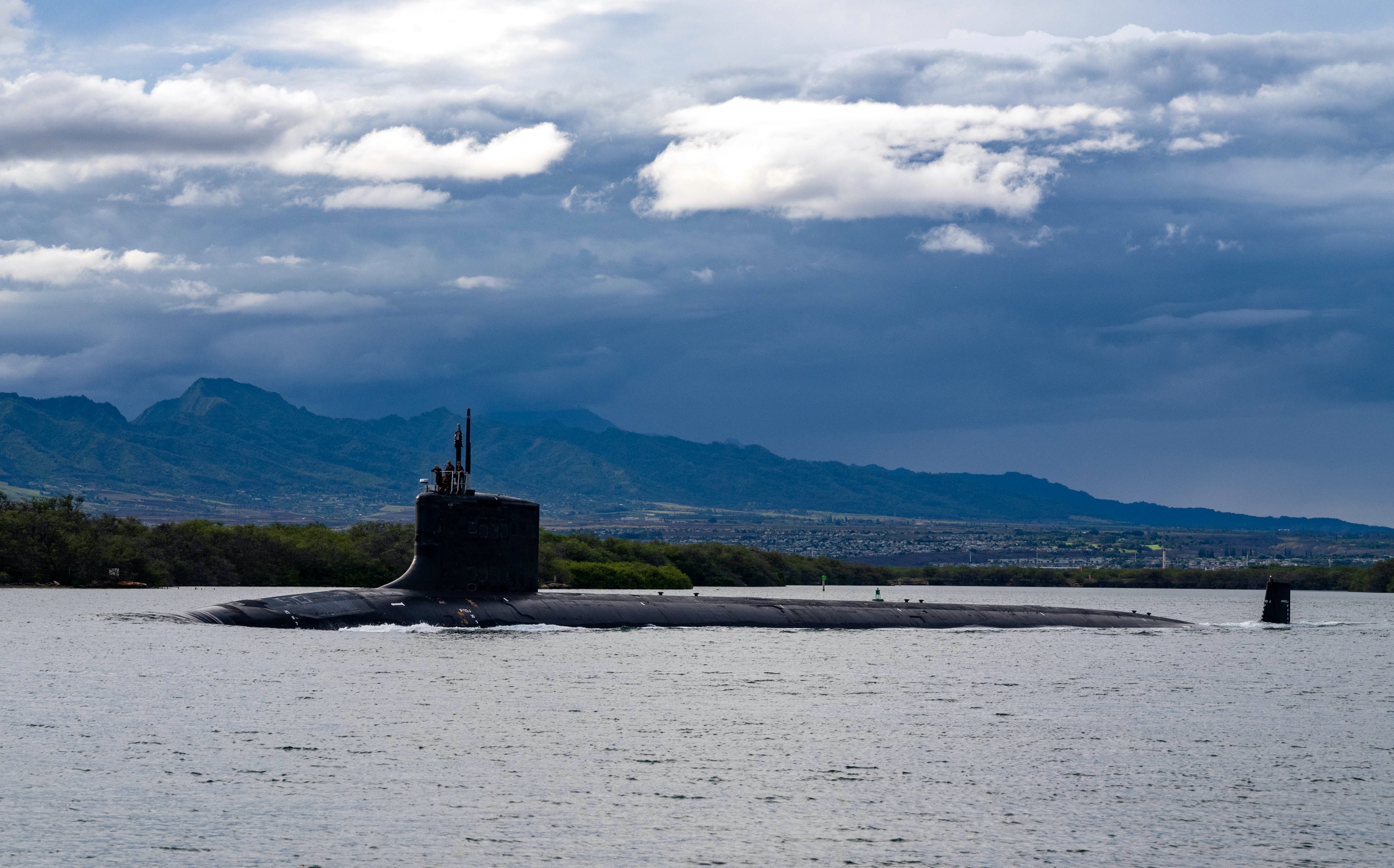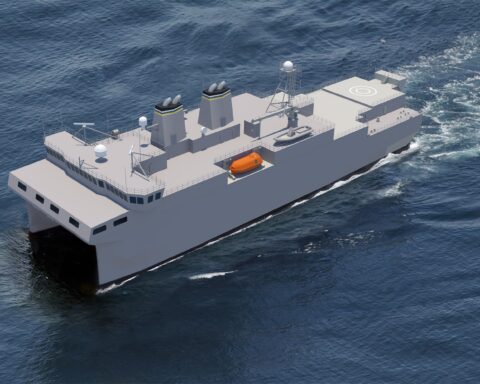The following is the January Government Accountability Office report, Columbia-class Program Lacks Essential Schedule Insight amid Continuing Construction Challenges.
From the report
What GAO Found
The Navy plans to deliver the first, or lead, Columbia class submarine—the largest and most complex submarine in its history—more quickly than it did for the lead submarines of prior classes, such as the Virginia class program. But the shipbuilder has not conducted a schedule risk analysis of the lead submarine’s construction schedule. Both GAO leading practices and Department of Defense (DOD) guidance identify schedule risk analysis as a critical tool for understanding and managing program risks that could impact the schedule.
Without a statistical schedule risk analysis, programs have limited insight into how schedule risks could affect the likelihood of achieving key program milestones, including delivery, and the amount of margin—or a reserve of extra time—needed to manage critical risks and avoid delays.
After more than a year of full-scale construction on the lead Columbia submarine, the shipbuilders are facing delays because of challenges with design, materials, and quality. The shipbuilders are working to mitigate delays using additional shipyard resources, such as more staff to complete work more quickly. Because of the Columbia class program’s essential role in strategic deterrence, it has priority status over most national defense related programs, including the Virginia class program. The shipbuilder added staff to the Columbia class program who were originally planned for the Virginia class program, contributing to delays for that program. However, long-term planning does not account for shared risks between these programs that are likely to present production challenges and could result in additional costs. Without updated long-term planning, the Navy cannot be certain that the fiscal year 2024 budget request will be sufficient to meet the production schedule it has planned for these submarine classes.
Why GAO Did This Study
The Navy plans to invest roughly $132 billion to acquire 12 Columbia class nuclear-powered ballistic missile submarines. The shipbuilders are also constructing Virginia class attack submarines. Both classes are part of the Navy’s plans for deterrence. Challenges delivering Columbia class submarines on time could have consequences for the nation’s defense.
Congress includes a provision in statute for the Navy to provide updates on the Columbia program’s design and construction goals, and for GAO to assess this information.
This report examines the extent that (1) the Navy and DOD assessed risks to achieving the lead Columbia class submarine’s schedule, and (2) the program faced challenges constructing the lead submarine and mitigating construction risks to the class.
GAO compared actions the Navy and DOD took to assess schedule risks to DOD guidance and leading practices, and reviewed Navy and shipbuilder documents to identify construction challenges. GAO interviewed Navy and DOD officials and shipbuilder representatives. This is a public version of a sensitive report that issued in September 2022. Information deemed sensitive has been omitted.
What GAO Recommends
GAO is making six recommendations, including that the Navy conduct a schedule risk analysis and update long-term plans. DOD concurred with four and partially concurred with two recommendations. GAO maintains that fully implementing all six recommendations is warranted, as discussed in this report.
Download the document here.





